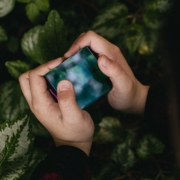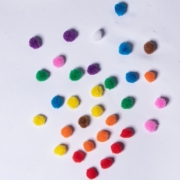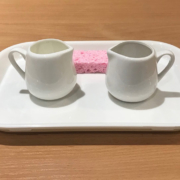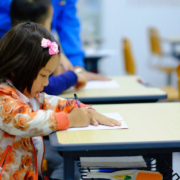Practical Life: Folding
Many of the activities included in the Practical Life area of the Montessori curriculum are things that might seem fairly obvious but, in fact; it’s incorrect to assume that our little ones simply know how to brush their teeth, wash dishes or do their buttons. It’s also equally incorrect to assume that they cannot perform any of the aforementioned without help – they can; they just need to be shown how.

Folding is one of many practical life skills that we teach children at St Andrew’s Montessori. Once little ones have grasped the basic principles of folding the pieces of cloth used in the classic Montessori exercise, they’ll be able to transfer these skills to a ‘real life’ basket of laundry in a home context.
In a classroom environment, children will use specific cloth squares in order to learn folding techniques: cloth 1 has a line sewn on the median, cloth 2 – a double media, cloth 3 has a line sewn on the diagonal and cloth 4 – double diagonal. The directress will start with cloth 1, demonstrating to the child how to fold (and unfold) the material; once the child has successfully folded and unfolded the cloth (placing it at the top left of the surface so as to make space for the next cloth), the directress will proceed with the next folding technique until all four cloths have been correctly folded and unfolded. See below for an example of a classic folding lesson by My Works Montessori:
These folding exercises encourage independence, confidence and fine motor skills, and even lay the foundations for later geometry work.
A variation to the classic folding tutorial that’s a little more realistic to items found in an actual load of washing, is to bring a ‘basket of laundry’ into the classroom and allow children to practise their folding skills. There’s also plenty of opportunity to practise at home, no doubt.
Things to keep an eye out for, whether it’s folding actual laundry or the cloths in the classic presentation; is that if the child seems frustrated because he/she is unable to do the folding or is unhappy with end result, it’s the perfect opportunity for you to offer to help with another demonstration. If, however, the child seems proud of the folding result, allow him/her to enjoy that sense of accomplishment even if the folding looks more like a ball – practise makes perfect.
If you’d like further information about this tutorial, feel free to contact us at info@saintandrewsmontessori.com. We’re happy to answer any questions.
Photo Credit: Montessorium.com















